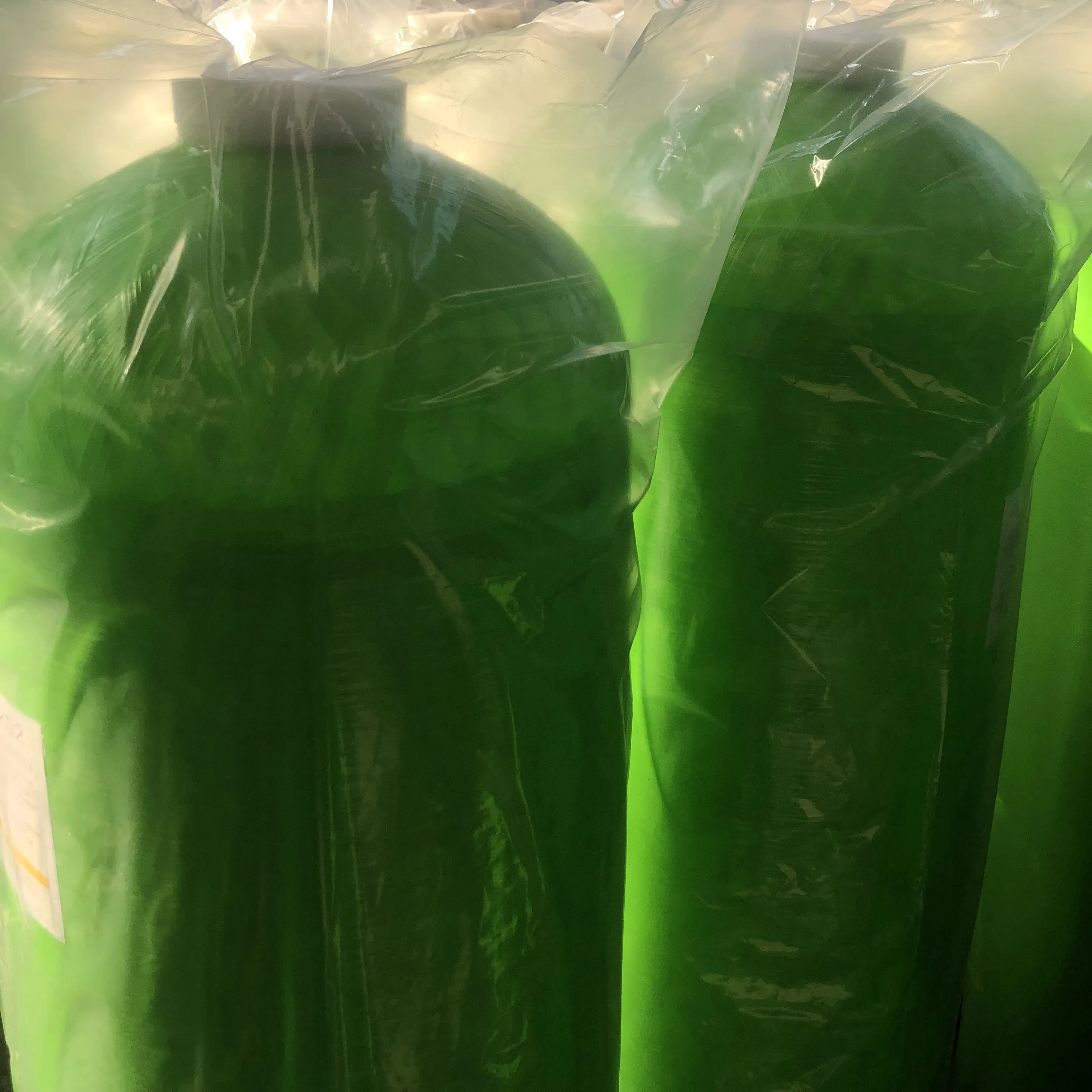loading...
- No. 9, Xingyuan South Street, Dongwaihuan Road, Zaoqiang County, Hengshui, Hebei, China
- admin@zjcomposites.com
- +86 15097380338
- Welcome to visit our website!
Understanding Various Sizes and Capacities of GRP Water Tanks for Efficient Storage Solutions
Understanding GRP Water Tank Sizes A Comprehensive Guide
Glass Reinforced Plastic (GRP) water tanks have become a popular choice for various water storage needs due to their durability, corrosion resistance, and lightweight characteristics. With an increasing demand across various sectors, understanding the sizes and specifications of these tanks is crucial for making an informed choice that best suits your requirements.
The Importance of GRP Water Tanks
GRP water tanks are primarily used for storing potable water, rainwater harvesting, and industrial water applications. Their resilience to harsh environmental conditions and ease of installation makes them a preferred solution compared to traditional materials like concrete or metal. Moreover, they do not require extensive maintenance, thus reducing long-term costs.
Common Sizes of GRP Water Tanks
When choosing a GRP water tank, it’s essential to consider the available sizes, as they come in various dimensions to accommodate different volume requirements. Generally, GRP water tanks are manufactured to fit a range of capacities, from small tanks capable of holding 500 liters to large systems accommodating up to 500,000 liters or more.
1. Small Tanks (Less than 5,000 Liters) These are ideal for residential use, often employed in homes for drinking water supply or irrigation systems. They are compact and can be installed easily in limited spaces.
2. Medium Tanks (5,000 to 50,000 Liters) Suitable for commercial properties, schools, and small industries, these tanks serve moderate water storage requirements. They can handle water supply for everyday operations and are often used in conjunction with water treatment systems.
3. Large Tanks (50,000 to 500,000 Liters) These tanks are designed for industrial applications, larger commercial establishments, or municipalities requiring significant water storage. Their large capacity ensures that ample water is available for process operations, firefighting, or emergency supply.
grp water tank sizes

4. Customized Tanks In addition to standard sizes, many manufacturers offer the option to customize tank dimensions based on specific needs. This can be particularly beneficial for unique spaces or specific volume requirements.
Factors to Consider When Choosing a GRP Water Tank Size
When selecting a GRP water tank, several factors should be considered to ensure you choose the right size
- Water Demand Assess the total water usage needs of your household or facility. Understanding peak consumption periods will help determine the appropriate tank size.
- Space Availability Evaluate the physical space where the tank will be installed. Ensure there is enough room for the tank and any necessary accessories, such as piping and valves.
- Regulatory Requirements Familiarize yourself with local regulations concerning water storage and ensure your chosen tank meets all compliance and safety guidelines.
- Future Needs Anticipate future water needs. If you expect an increase in water consumption due to expansion or added facilities, consider a larger tank or the possibility of installing multiple tanks.
Conclusion
In conclusion, GRP water tanks offer a versatile solution for water storage, embodying strength and efficiency. By understanding the various sizes available, along with the factors influencing your decision, you can select a tank that effectively meets your needs. Whether for residential, commercial, or industrial purposes, the right GRP water tank can provide reliable water storage, ensuring sustainability and accessibility for years to come.
-
The Rise of FRP Profiles: Strong, Lightweight, and Built to LastNewsJul.14,2025
-
SMC Panel Tanks: A Modern Water Storage Solution for All EnvironmentsNewsJul.14,2025
-
GRP Grating: A Modern Solution for Safe and Durable Access SystemsNewsJul.14,2025
-
Galvanized Steel Water Tanks: Durable, Reliable, and Ready for UseNewsJul.14,2025
-
FRP Mini Mesh Grating: The Safer, Smarter Flooring SolutionNewsJul.14,2025
-
Exploring FRP Vessels: Durable Solutions for Modern Fluid HandlingNewsJul.14,2025
-
GRP Structures: The Future of Lightweight, High-Performance EngineeringNewsJun.20,2025
